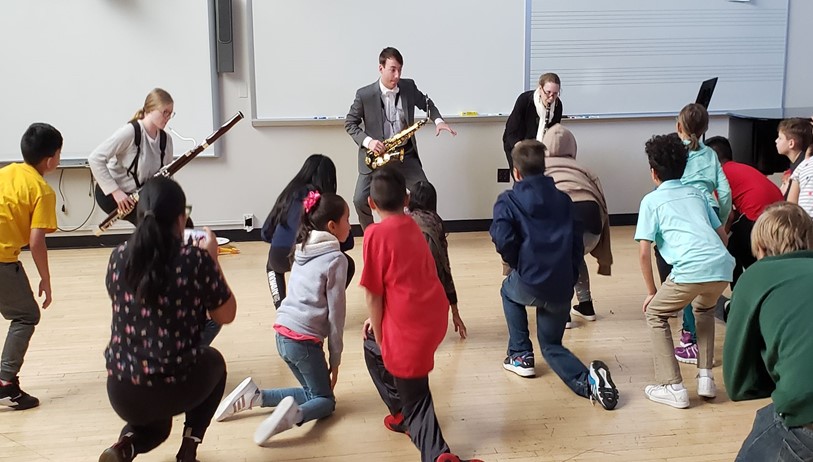
It’s been a little over a year since the COVID-19 pandemic transformed what was once the norm into a challenging, confusing and often overwhelming new reality. For teachers and those in training to become teachers, this has meant learning to rapidly accommodate the unforeseen challenges of pandemic life through things like virtual teaching and online student engagement. The faculty at CSU have done an amazing job of managing these new stressors while still preparing future educators to the fullest extent.
The College of Liberal Arts offers teacher education programs in English, Communication Studies (Speech Teacher), Social Studies (through either History or Ethnic Studies), Music, Languages, Literatures and Cultures (French, Spanish and German), and Art. While most of the programs are for teaching grades 6-12, Music, World Languages and Art Education offer a K-12 licensure. Students who are pursuing a teacher licensure will take a variety of content-specific classes, take classes tailored to prepare them for the unique challenges of being an educator, and also engage in an on-site practicum where they will plan lessons and work with students in their target age.
Setting the foundation – even during a pandemic
Ricki Ginsberg, assistant professor of English Education, shared that students in the English licensure program take courses such as English Language for Teachers, Teaching Reading, Teaching Composition, Advanced Composition for Teachers, and Young Adult Literature. They also take Methods of Teaching Language Arts, which is an education course taught by an English Education professor. From the School of Education, they take licensure courses such as Schooling in the United States, Literacy and the Learner, and Educational Technology.
“Students are able to explore principles in the English content area and educational strategies while also taking English Education-specific courses,” she noted. “In other words, they don’t just learn general methods of teaching, they learn methods of teaching within the context of their content area.”
Although there are foundational courses that all licensure program students must take, discipline-specific courses vary widely and offer students in-depth knowledge for their subject area. French Professor Frédérique Grim said that through specialized French courses, students “acquire a deeper cultural knowledge while learning to communicate at higher proficiency levels; they learn the intricacies of the language, through linguistic, literary and cultural analyses. We teach them foundational skills to share with their future students.”
Much like everything else this past year, teaching and the student licensure program have been heavily affected by the challenges of the pandemic. In regard to virtual teaching the past two semesters, Claire Chien, assistant professor of art education, said, “My biggest challenge was how to increase students’ engagement online. Although the students seemed to have more personal time to complete assignments, the turn-in rate was lower than in the past… Like most of my students, I craved having in-person interactions again, as well as instant feedback rather than spending a lot of time recording video content or facing black screens on zoom.”
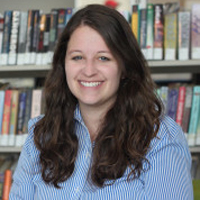
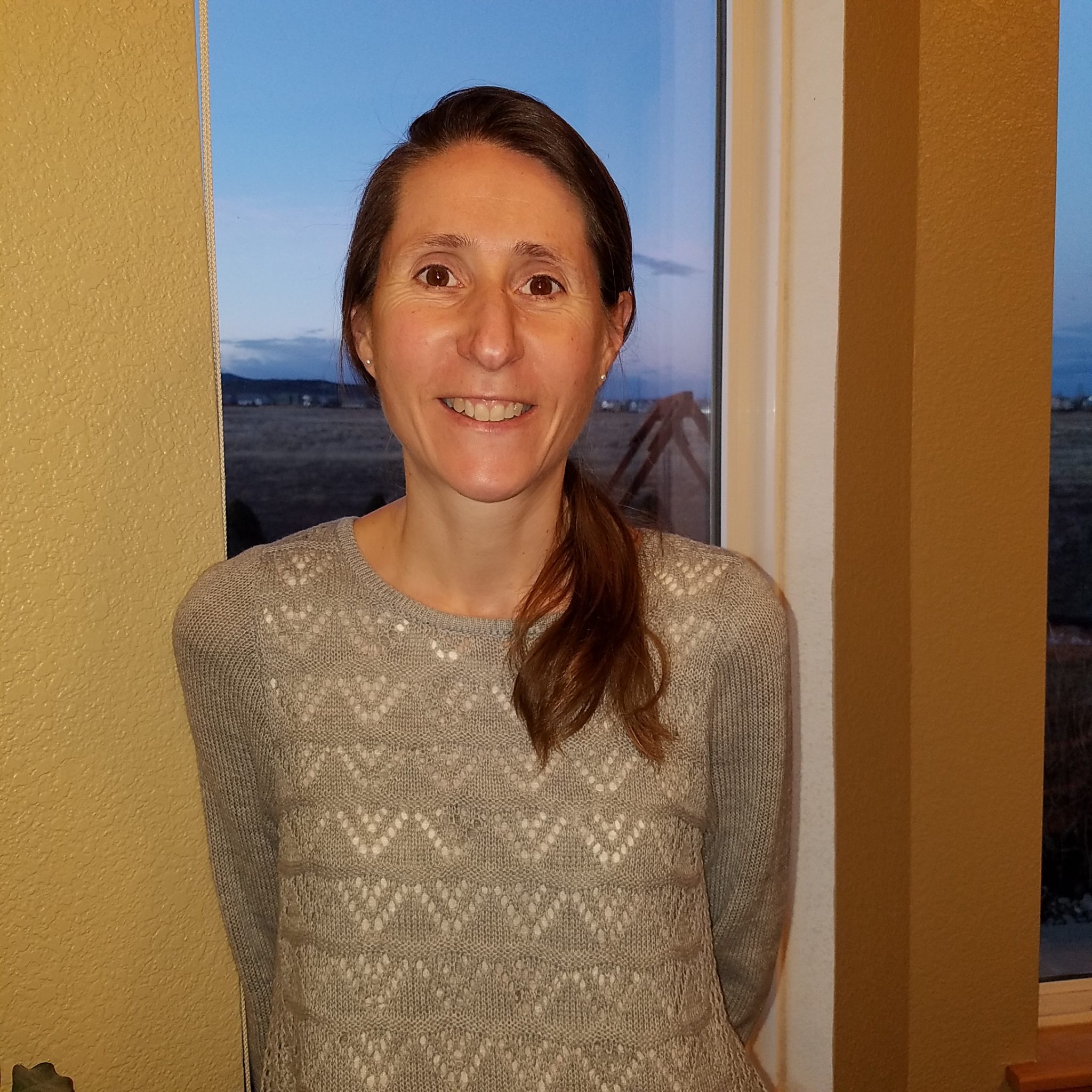
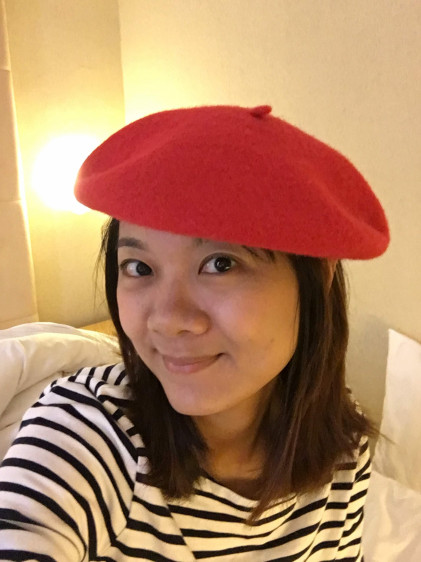
However, there was something to be gained from these challenges, too.
“Together, we have learned about new technological tools for the classroom in ways that have made us grow as teachers,” Ginsberg said. “At the heart of all of these discussions were critical conversations about equity, diversity, and inclusion, and how the virtual teaching environment impacts all students. In the Methods of Teaching Language Arts class, we used this opportunity to meet with and support students in a local school.”
Similarly, professors from the Music Education program noted that their students showed resilience time and time again, finding opportunities for peer connection, community outreach and professional development.
“Together, we have learned about new technological tools for the classroom in ways that have made us grow as teachers. At the heart of all of these discussions were critical conversations about equity, diversity, and inclusion, and how the virtual teaching environment impacts all students.”
–Ricki Ginsberg
COVID-19 is not the only driver of change within student teaching programs, though. Each of the professors interviewed emphasized the growing, central role of diversity, equity, and inclusion within not only the lessons they teach, but the type of learning environment they encourage their students to create in the future.
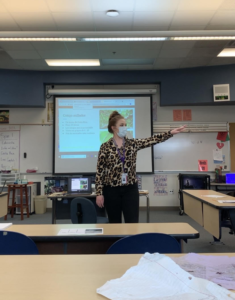
Ginsberg noted that rather than being narrowly focused, the teaching program teaches how to incorporate and honor the unique identities of each future student by creating student-centered classrooms that individualize the educational experience. In doing so, professors in the Music program noted that the strengths and personal interests of each student are fully tapped into, ultimately creating a richer and more fulfilling learning experience.
Faculty within the Center for Educator Preparation in the School of Education are taking intentional steps to prepare future teachers to teach all students.
“Through a shared leadership approach, we are engaging all faculty who teach within our courses in diversity training,” says Ann Sebald, assistant professor and co-director of the Center for Educator Preparation. “In addition, we are working to establish various Pathways to Teaching, with the intent of recruiting a diverse teacher workforce. Finally, due to our Professional Development School model, we are collaborating with our area partners to engage in intentional deepening of how we can support an increasing diverse pool of teachers of color.”
The Practicum: Putting lessons into practice
One of the most interesting parts of the teacher licensure program is the practicum, during which students are able to actually teach in front of students, prepare lessons and get feedback from mentors.
Grim says, “The practicum is crucial for becoming a teacher as 1) it allows students to see themselves in the teaching environment and be sure it is a profession they want to pursue, 2) it provides valuable experience, 3) it gives them the opportunity to find the age range they would like to teach, and 4) it opens doors to networking and future job opportunities.”
Professors from the Music Education program said the practicum offers future educators the opportunity to see how K-12 classrooms operate from the inside, something that can’t be replicated within traditional lessons. Students are given the opportunity to gradually step into the role of being a teacher with lots of mentor and peer support, meaning that by the end, CSU students are competent and confident enough to teach full-length solo lessons on a regular basis at their assigned schools.
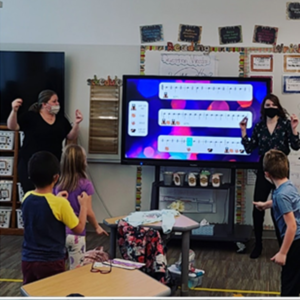
“I will walk into my first job having already been teaching in front of students for four years,” said Andrew Dutch, a music education major. “I will already know much about my own beliefs and philosophies regarding how I wish to run a classroom. I will be familiar with the way in which students behave and how to interact positively with students of all backgrounds to build deep rapport.”
This soon-to-be graduate’s confidence is not without good reason: The Music Education program boasts a 100 percent job placement rate, with professors emphasizing the growing competitiveness of their graduates in the national and international job market. Another senior in the Music program, Alex Salek, exclaimed, “I have had an incredible experience in the CSU Music Education program. I am so grateful for the time and energy that the professors put into providing the students who enter that program with the best possible tools for their future students.”
CSU’s Teacher Licensure program offers a well-rounded and in-depth education opportunity for students who see themselves as future educators with its diverse course offerings, proven adaptability and dedication to its students.
Bonnie Jacobi, an associate professor of Music Education, said, “While much of our focus centers on discovering and honing our students’ knowledge, skills, and experience, a ’12th man’ is ever-present behind our work, one which factors into every decision, guideline, and approach within our program: the thousands of K-12 student lives that will be touched by the work of our graduates.”
Dutch put it wisely when he said, “As a teacher, you are not in the business of your content, but rather in the business of children.”